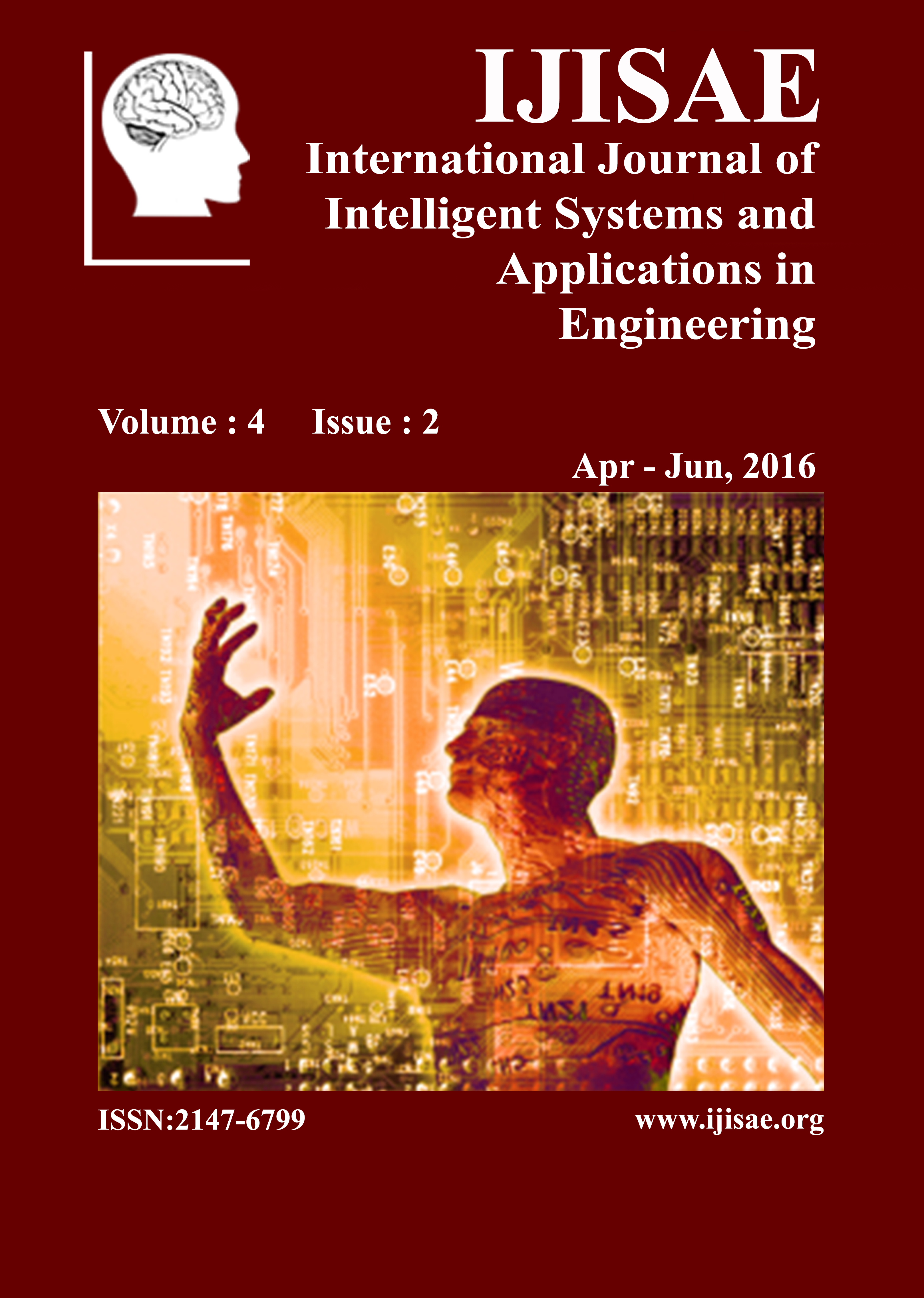Application of ANN Modelling of Fire Door Resistance
DOI:
https://doi.org/10.18201/ijisae.90445Keywords:
Artificial neural network, Fire doors, In-Room temperature, Computer modellingAbstract
Fire doors are compulsorily used in every kind of building nowadays. The determination of fire doors’ resistance in which kind of buildings is also essential. This determination is needed to be watched through the experimental works done. Computer technologies and applications are commonly used in many fields in industry. In this study, by using the data obtained as a result of experiments made in order to determine the resistance of fire doors, artificial neural network (ANN) model was developed. With this model, it is aimed to evaluate the inner temperature of fire room having an important role in resistance of the fire door. In the developed system, temperature values belonging to thermocouples on the door (Top Left, Top Right, Middle Left, Middle Right, Bottom Left, Bottom Right (oC) and time (minute) were taken as input parameters and in-room temperature (oC) was taken as output parameters. When the results obtained from ANN and experimental data are compared, it is determined that two groups of data were coherent. It is shown that ANN can be safely used in the determination of fire door resistance.
Downloads
Downloads
Published
How to Cite
Issue
Section
License
All papers should be submitted electronically. All submitted manuscripts must be original work that is not under submission at another journal or under consideration for publication in another form, such as a monograph or chapter of a book. Authors of submitted papers are obligated not to submit their paper for publication elsewhere until an editorial decision is rendered on their submission. Further, authors of accepted papers are prohibited from publishing the results in other publications that appear before the paper is published in the Journal unless they receive approval for doing so from the Editor-In-Chief.
IJISAE open access articles are licensed under a Creative Commons Attribution-ShareAlike 4.0 International License. This license lets the audience to give appropriate credit, provide a link to the license, and indicate if changes were made and if they remix, transform, or build upon the material, they must distribute contributions under the same license as the original.










